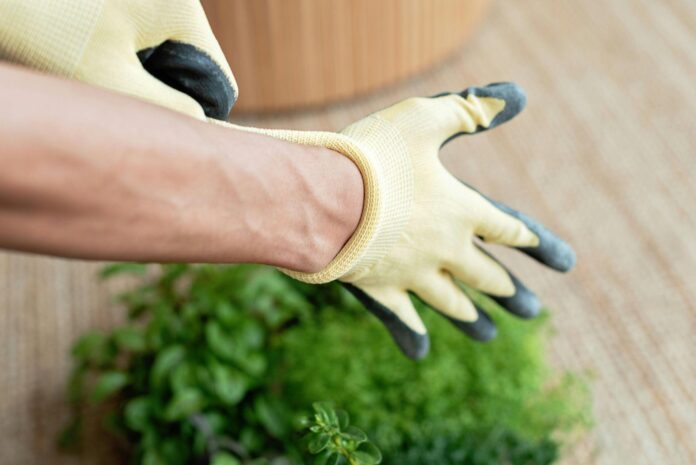Green-fingered Brits are being offered top tips on the gardening tasks they should be tackling in February.
The experts at GardeningExpress.co.uk have named ten jobs gardeners should be carrying out this month to get their gardens ready for spring.
As we’re slowly starting to approach the end of winter, there’s plenty to do in the garden to prepare for the season ahead.
The temperatures start to increase and the gardens come back to life in February, which means that it’s time to tackle tasks such as sweeping away debris, mulching flower beds and pruning overgrown shrubs.
For gardeners planning to grow fruit and vegetables, February is a good month to begin preparing seed beds and chit early potatoes.
Chris Bonnett from GardeningExpress.co.uk said: “Now is a good time to lay the foundation for a thriving garden space come spring.
“Starting the preparations in February offers an opportunity to utilise the lengthening daylight hours and relatively mild temperatures.
“Make a start on essential tasks such as pruning, improving soil, cleaning the greenhouse and clearing out debris.
“You can also start chitting seed potatoes so they’re ready for planting in March or April.”
Here are GardeningExpress.co.uk’s February gardening jobs:
- Prune shrubs
Prune your overgrown shrubs, trees and climbers when they’re still dormant. Otherwise, it can be challenging to remove the old growth without damaging the new.
- Clear debris
Clear out the lawn by sweeping away the debris and fallen leaves that have accumulated during autumn and winter. Make sure to also clean up the flower beds by removing last season’s dead perennial foliage and weeds.
- Mulch
Mulch the flower and vegetable beds by spreading well-rotted manure or garden compost on the soil. This will feed and warm up the soil ready for the months ahead.
- Clean the greenhouse
Give your greenhouse a scrub to get it ready for seed sowing in March. Make sure to clean the glass of dust and dirt so your new plants get as much light as possible. Remove debris from the gaps between the frames and check for any pests.
- Prepare seed beds
As long as the soil isn’t frozen, you can prepare seed beds for sowing in the upcoming months by cultivating beds and warming them up with fleece, polythene or cloches. You can already start sowing lettuces and other salad crops under cover or in the greenhouse.
- Chit potatoes
Chitting is the process of allowing potatoes to grow sprouts before they’re planted for better harvest. This is done by simply placing the early potatoes in a tray and leaving them in a warm and light spot, like a bright window sill or conservatory.
- Build raised beds
If you want to grow vegetables in raised beds, build them now before the growing season begins. Raised beds improve soil drainage and warm up quickly, making them ideal for growing.
- Install a waterbutt
If you don’t already have one, install a waterbutt. It’s a much greener and cost-effective way to keep your plants well-watered during the warmer months.
- Turn the compost heap
The composting process tends to slow down during the winter season as the weather gets colder. To give it a boost, you can stir your compost heap using an aerator tool or take out the compost and refill it. This will help to reduce compaction and accelerate the process of decomposition.
- Plant garlic outdoors
If you want to plant garlic, get it in the ground before the end of this month. This is because garlic needs a period of one to two months of chillier temperatures for effective bulb development. Separate the bulbs into individual cloves before planting, plant with the pointed end up so the tip is just covered with soil.
Help keep news FREE for our readers
Supporting your local community newspaper/online news outlet is crucial now more than ever. If you believe in independent journalism, then consider making a valuable contribution by making a one-time or monthly donation. We operate in rural areas where providing unbiased news can be challenging. Read More About Supporting The West Wales Chronicle























